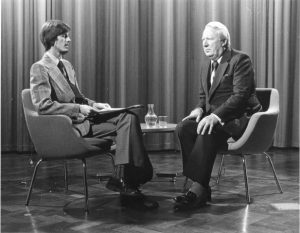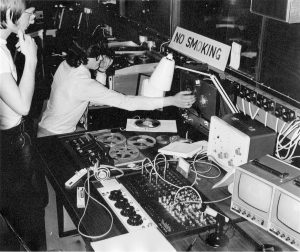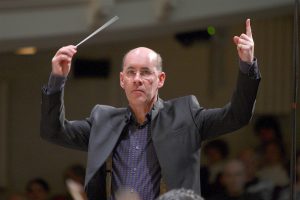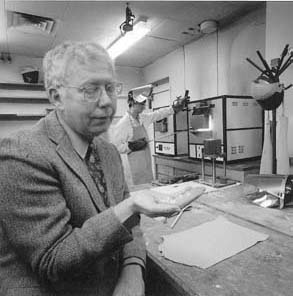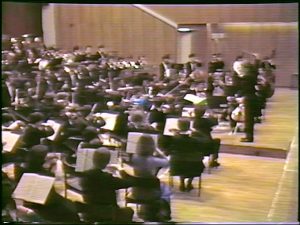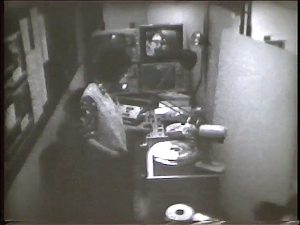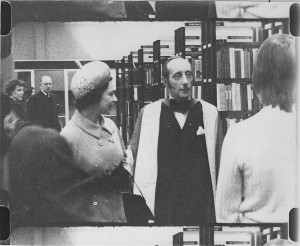This 24 year old video will bring back memories for those who can remember Imperial’s South Kensington campus before all of the rebuilding work and many changes began. Back in late summer 1992 I shot some stock footage around the campus for inclusion in videos we were currently making. This is just a small selection of campus views and I intend to find others, shot prior to this current video.
Who knows, you could be one of the people seen walking along the old walkway from the Exhibition Road entrance. You’ll also see: Dalby Court as it was before the ‘blue box’ Faculty Building, Civil Engineering, Electrical Engineering and Mechanical Engineering as well as the old steps up from the pavement on Exhibition Road prior to the new main entrance.
I’ve not added anything to the sound track, so what you’ll hear are the sounds of Imperial as well as the sights.
Colin Grimshaw September 2016
